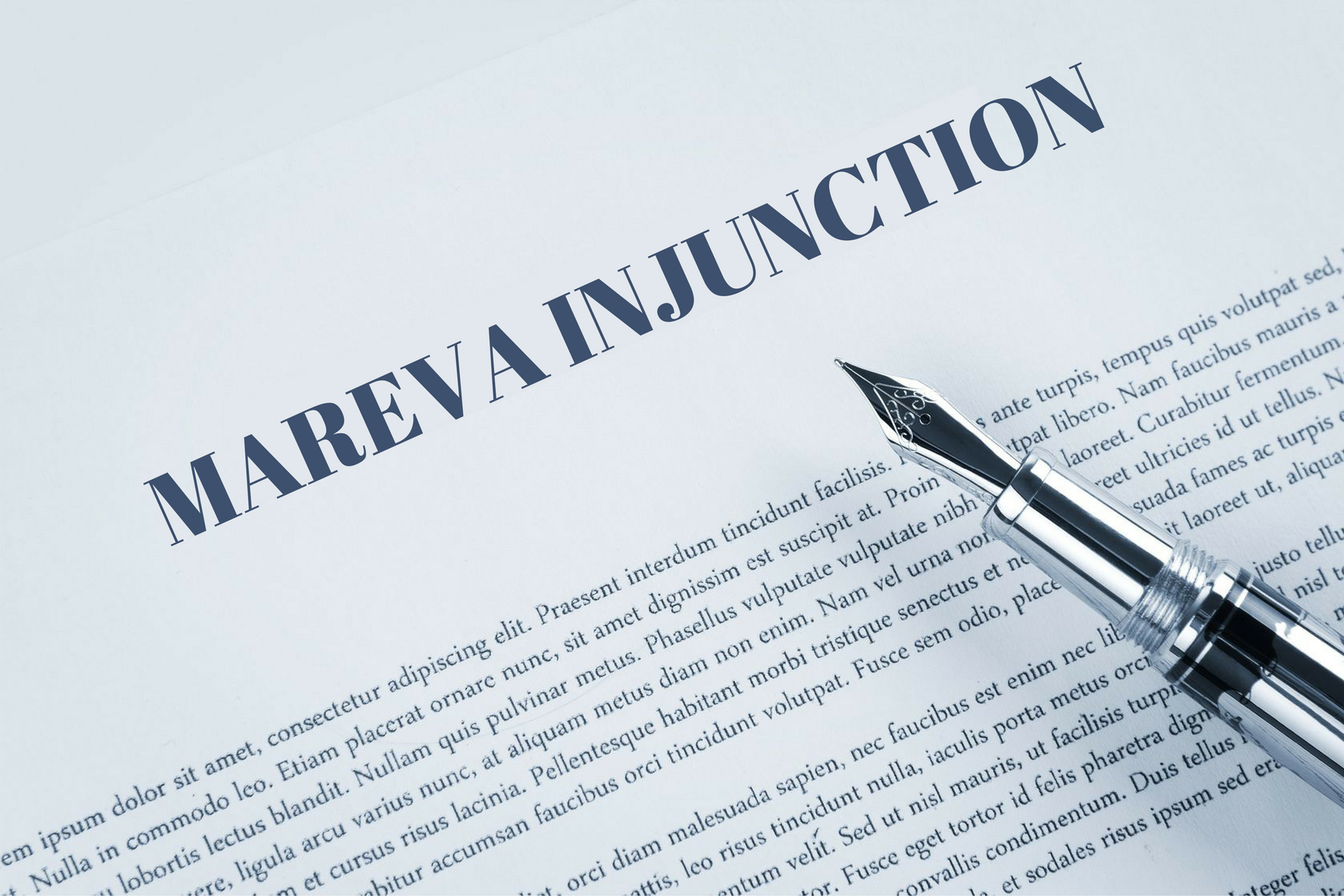(This article is published in the Dec 2017 Issue of Hong Kong Lawyer. Please click HERE for the online article.)
Introduction
Named after the case of TSB Private Bank International SA v Chabra [1992] 1 WLR 231, a Chabra Injunction is a Mareva Injunction over the assets of a defendant to whom the Plaintiff has no cause of action (i.e. a non-cause of action defendant “NCAD”). In the recent judgment in XY, LLC v Jesse Zhu and Another., unreported, CACV 11/2016, 5 December 2016 (“XY Case”), the Court of Appeal explained the legal principles for granting a Chabra Injunction.
In the XY case, the plaintiff (“XY”) obtained a monetary judgment (“Monetary Judgment”) against the D1 (i.e. the cause of action defendant (“CAD”)) in the Canadian Court. XY had no cause of action against D2, a BVI company, which was therefore a NCAD. However, XY alleged that D1 spirited away his assets to D2 in order to render himself judgment proof. While D1 was never a shareholder and director of D2, XY adduced evidence to prove that D2 was held by nominees of D1 and D1 also gave instructions to his staff to transfer his assets to D2.
XY therefore obtained a Chabra Injunction against D2 and as a result D2’s bank account in Hong Kong was frozen. The issue before the Court of Appeal was whether the judge was correct to exercise her discretion to grant a Chabra Injunction.
Discussion
The Court of Appeal explained the legal principles for granting a Chabra Injunction. It quoted the relevant passages in the English case of PJSC Vseukrainskyi Aktsionernyl Bank v Maksimov [2013] EWHC 422 (Comm), which held, amongst others, that “a common example of assets falling within the Chabra jurisdiction is where there is good reason to suppose that the assets in the name of the NCAD are in truth the assets of the CAD. Such assets will be treated as in truth the assets of the CAD if they are held as nominee or trustee for the CAD as the ultimate beneficial owner".
In this connection, the Court further explained that the Chabra-type jurisdiction was not limited to cases where the NCAD held or has received assets beneficially belonged to the CAD or assets in which the CAD has some sort of proprietary entitlement. The Court of Appeal referred to the two-limb principle in the decision of the High Court of Australia in Paul Cardile v LED Building Proprietary Ltd (1999) 198 CLR 380. Under the two-limb principle, a Chabra Injunction may be granted in the following circumstances:-
- the third party holds, is using, or has exercised or is exercising a power of disposition over, or is otherwise in possession of, assets, including“claims and expectancies”, of the judgment debtor or potential judgment debtor; or
- some process, ultimately enforceable by the courts, is or may be available to the judgment creditor as a consequence of a judgment against that actual or potential judgment debtor, pursuant to which, whether by appointment of a liquidator, trustee in bankruptcy, receiver or otherwise, the third party may be obliged to disgorge property or otherwise contribute to the funds or property of the judgment debtor to help satisfy the judgment against the judgment debtor.
In the XY case, XY was only relying on the first limb of the above principle. The Court of Appeal held that XY had adduced sufficient evidence from which an inference may be drawn to support a good arguable case that the funds in D2’s bank account beneficially belonged to D1 and therefore the Chabra jurisdiction was engaged.
Key Takeaways
The XY case explained clearly the legal principles for granting a Chabra Injunction against a NCAD. It is expected that, assuming other usual criteria (e.g. good arguable case, risk of dissipation, etc.) are satisfied, the Court will grant a Chabra Injunction against the NCAD if there is good reason to suppose that the assets of the NCAD are in truth the assets of the CAD.





